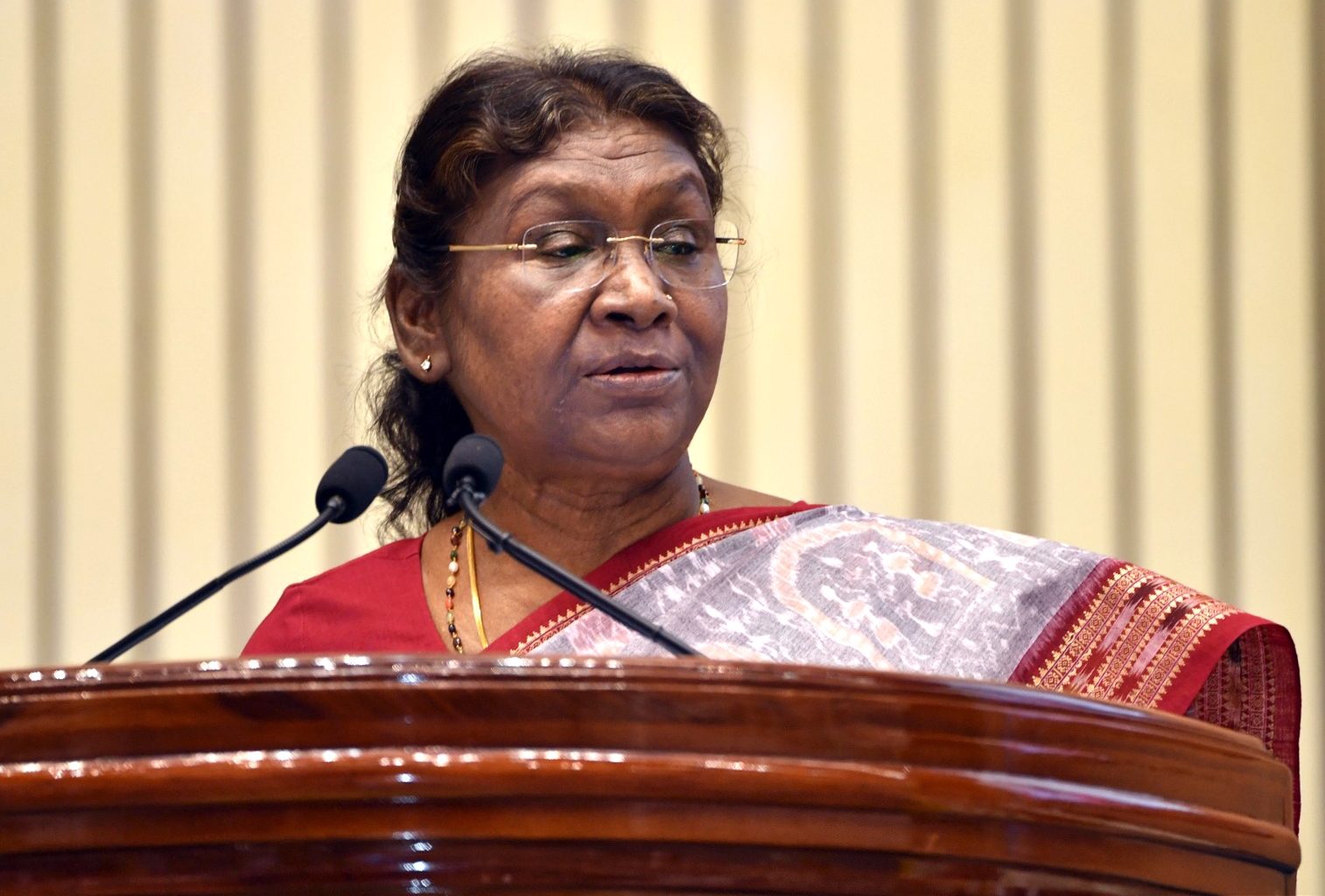
<br>”I am feeling extremely happy after entering the premises of Raj Bhavan. The moment I entered it, all the memories of me staying here for the past six years came alive,” she wrote in the visitors book.
It was quite natural for President Murmu to get nostalgic as she had served as Governor of Jharkhand for six years. However, the Raj Bhavan in Ranchi has been a centre of attraction since the British era for its unique architecture and beauty.
Let us have an insight into Ranchi’s nine decade old Raj Bhavan, the old residence of President Murmu where she stayed for six years during her tenure as Jharkhand governor.
Though Jharkhand was carved out of Bihar on November 15, 2000, the Raj Bhavan in Ranchi is more than nine decades old.
Due to its climate and natural beauty, Ranchi used to be the summer capital of undivided Bihar during which the Raj Bhavan was constructed.
According to Jharkhand Raj Bhavan website, impression of two sealed trapdoors can be seen on each on the floor of Durbar hall and adjoining office. As per legends. These trap doors are connected lead ouside Raj Bhavan into hidden destinations.
During British rule, secret tunnels were made in important buildings to escape a disaster.
According to the Ranchi district Gazetteer, this two-storeyed building was built during British rule at a cost of around Rs 7.5 lakh.
The construction of the Raj Bhavan started in 1930 and its architect was Sadlow Ballerd.
According to heritage activist Sridev Singh, though the building has primarily a British design, it seems to have been adapted to suit the local climate. The building has a roof with double Raniganj tiles to deflect the heat.
Spread over an area of 62 acres, the main Raj Bhavan Campus covers 52 acres and Audrey House 10 acres.
The ceilings are 18-20 feet high while the walls are 14 inches thick. Some of the tiles of the ceiling still have ‘Made in England’ inscribed on them.
The ground floor of the Raj Bhavan has the Durbar Hall, dining hall, recreation room, waiting room, sitting room and offices while the first floor has the Governor’s living quarters, presidential office and guest suites.
The antiques in the collection at Raj Bhavan include kerosene operated fans and refrigerators.
The Durbar Hall has several paintings by French-British artist Daniel which date back to 1796 and many frames by renowned photographer Bishu Nandi.
The photos by Bishu Nandi depict the rich traditions and tribal life of Jharkhand.
There is a chandelier in the Durbar Hall which is a symbol of the British era. The dining table has a seating capacity of 32 people. The recreational room has a British era billiards table.
The premises has various gardens with over 15,000 roses of 250 varieties. The gardens have been named after eminent personalities.
A big hall in Raj Bhavan is called Birsa Mandap where cultural activities are held.
It also has a kitchen garden with plants of clove, cardamom, cinamon and bay leaf. Carrots, brinjals and tomatoes are also grown there through organic farming. The compost is made from dung.
It also has a cow shelter and herbal medicinal plant having 35 varieties of herbs. Besides rudraksha, kalpataru trees, it also has orange, Thai guava, apple, berries and different varieties of lemons.
The premises has nine fountains and arrangements for kids to play.
–IANS<br>snp/svn/bg
No related posts.











